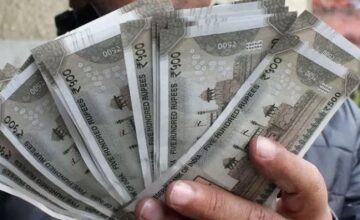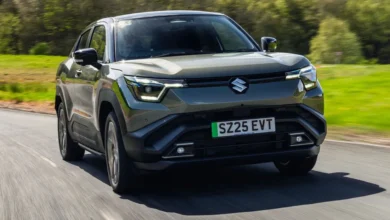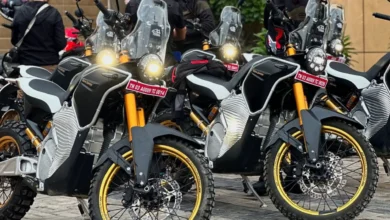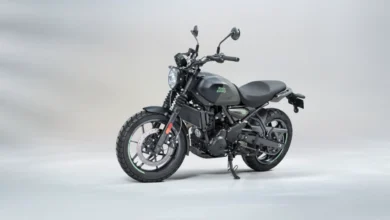Did govt allow Ola, Uber, Rapido to charge 2x in peak hours? Here’s what new guidelines mean
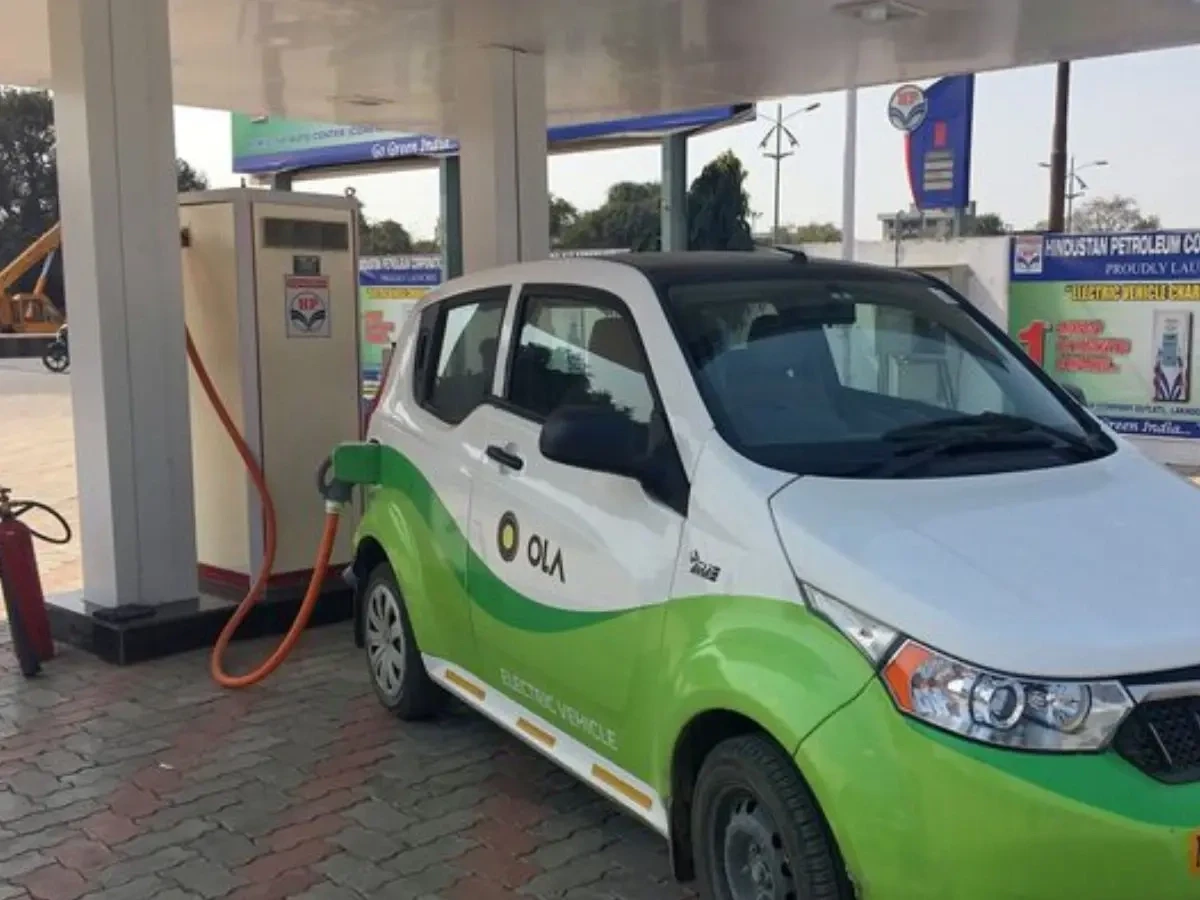
The Central government on Tuesday (Jul 2) allowed cab aggregators like Uber, Ola, Rapido, and others to charge passengers as much as twice the base fare during peak traffic hours under its new guidelines.
Earlier, the ride-hailing firms could charge up to 1.5 times the base fare during peak hours. The revised rules also state that non-peak hour charges could not be less than 50 per cent of the base rates. The states have been advised to adopt the fresh guidelines within three months.
According to the revised Motor Vehicle Aggregator Guidelines, 2025 released by the Ministry of Road Transport and Highways (MoRTH), “The base fare chargeable shall be for a minimum of 3 km to compensate for dead mileage including the distance travelled without a passenger and the distance travelled and fuel utilised for picking up the passenger.”
No passenger can be charged for dead mileage unless in case when the ride distance is less than three kilometres. The guidelines added that the fare shall be charged only from the point the journey starts to the destination point, the drop-off location of the passenger.
The fresh rules also state that if a driver cancels a booking without specifying a reason after accepting a journey on the app, a penalty of 10 per cent of the fare, with a cap of Rs 100, will be imposed. The penalty will be split between the driver and the aggregator. A similar fee will also be imposed on a passenger for cancelling a booking on the app.
“With respect to motor vehicles owned by the aggregator the on-boarded driver shall receive at least 60 per cent of the fare applicable, including all costs specified in Driver Fare and the remaining charges shall be retained as the Apportioned Fare,” as per the revised guidelines.
Aggregators are required to ensure that drivers have health insurance of at least Rs 5 lakh and term insurance of at least Rs 10 lakh. The Ministry stated that the new guidelines are aimed at providing a light-touch regulatory system while attending to issues of safety and security of the passengers and welfare of the drivers.

